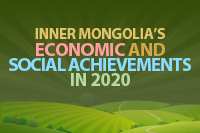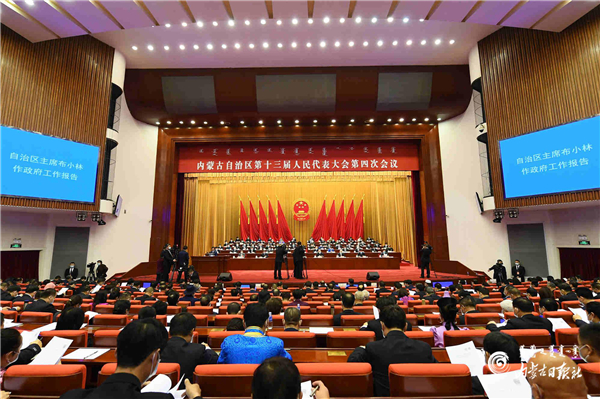Chifeng
Chifeng is in the southeast of Inner Mongolia. (Chifeng is the Chinese translation of the Mongolian word “Wulanhada”, referring to the red ochre mountain peak in the northeast of the city.) It has an area of 90,000 square kilometers and 4.32 million inhabitants, the largest population in the autonomous region, and has 12 banners, county-level cities, and regions. Chifeng is a National Hygienic City, outstanding tourism city, and national advanced city for prevention and control of desertification. It was honored four times as a national advanced city of comprehensive treatment of social security, and seven times as a national city for mutual support between civilians and the armed forces.
Civilization in Chifeng city’s has an 8,000-year history: it has produced a large number of historical sites and cultural relics of Hongshan culture, Prairie Bronze culture, Qidan-Liao culture, and Mongolian culture from the Yuan Dynasty. The site of the Xinglongwa settlement has been called the first village of ancient China. Yulong, the typical expression of Hongshan culture, is sometimes called the first Dragon of China. The sites of Liaoshangjing and Liaozhongjing are credited with the most cultural relics of the Liao Dynasty.
Chifeng has vast natural resources. There are 1.4 million hectares of land under cultivation, 5.73 million hectares of prairie, and 2.87 million hectares of forest. Because of its numerous varieties and large reserves of nonferrous and precious metals, it has been called the hometown of nonferrous metals in China. Chifeng has over 70 kinds of mineral resources at 1,200 sites including 25 large scale deposits. The city has unique natural and human landscapes, such as prairie, stone forests, glacial potholes, hot springs, lakes, cultural relics and historic sites. It also boasts Keshike World Geoparks and is part of the Saihanwula World Network of Biosphere Reserves.
In 2018, Chifeng’s regional GDP increased by 6.0 percent over the previous year. Among them, the added value of the primary industry increased by 3.2 percent, the added value of the secondary industry increased by 6.3 percent, and the added value of the tertiary industry increased by 7.1 percent.
The contribution rates of the primary, secondary and tertiary industries to economic growth were 11.2 percent, 34.6 percent and 54.2 percent, respectively. Based on the resident population, the per capita regional GDP increased by 5.8 percent over the previous year.



 Print
Print Mail
Mail





